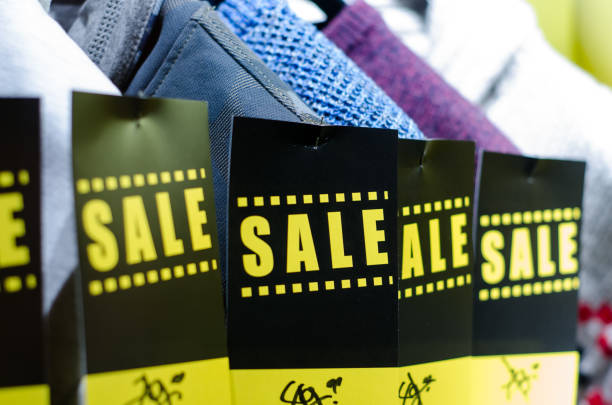The pharmaceutical industry plays a critical role in global healthcare by providing life-saving medications. However, this industry has long been plagued by the growing threat of counterfeit drugs, which pose significant risks to patient safety, public health, and even the integrity of healthcare systems. To combat this, innovative anti-counterfeit solutions have emerged, helping safeguard the supply chain, ensure the authenticity of medications, and enhance consumer confidence. Among these solutions, anti-counterfeit labels are proving to be an indispensable tool in the fight against pharmaceutical fraud.
The Growing Problem of Counterfeit Pharmaceuticals
Counterfeit drugs are a global concern, with billions of dollars lost each year due to illegal practices. According to the World Health Organization (WHO), up to 10% of all medicines in low- and middle-income countries are counterfeit. In developed nations, the problem is less widespread but still significant, with counterfeit medicines often entering legitimate supply chains through sophisticated networks. These fake products can be harmful, ineffective, or even deadly, making it crucial for the pharmaceutical industry to implement effective anti-counterfeit measures.
The Role of Anti-Counterfeit Labels
Anti-counterfeit labels serve as a primary defense in protecting medications from being tampered with or replaced by counterfeit products. These labels include a combination of advanced security features designed to make it difficult for counterfeiters to replicate or forge. The labels typically contain unique identifiers, such as QR codes, barcodes, serial numbers, and holograms, that provide layers of authentication and traceability.
Key Features of Anti-Counterfeit Labels
- QR Codes and Barcodes: One of the most common features on anti-counterfeit labels is the inclusion of QR codes and barcodes. These codes can be scanned by smartphones or specialized readers, allowing consumers and healthcare professionals to verify the authenticity of the product instantly. The data encoded in these codes often links to a centralized database that stores information about the drug’s origin, manufacturing details, and distribution history.
- Holograms and Watermarks: Another feature that enhances the security of anti-counterfeit labels is holograms. These three-dimensional images are extremely difficult to reproduce and provide a visual confirmation of a product’s legitimacy. Watermarks, which are often embedded into the packaging or label material, add an additional layer of security that is hard to duplicate with standard printing techniques.
- Invisible Inks and UV Marks: For an extra layer of secrecy, some pharmaceutical companies use invisible inks or UV-visible marks on their labels. These features are only visible under ultraviolet light, making them difficult for counterfeiters to replicate without the proper tools. This feature ensures that the verification process remains secure and confidential.
- Tamper-Evident Seals: Anti-counterfeit labels also frequently feature tamper-evident seals. These seals break or become damaged when the packaging is opened, alerting consumers and healthcare professionals that the product may have been tampered with. This feature adds another level of security, ensuring that medications remain sealed until they reach their intended user.
Strengthening Pharmaceutical Supply Chains
Anti-counterfeit solutions are not limited to labels alone; they are part of a broader strategy to strengthen the entire pharmaceutical supply chain. By integrating advanced labeling systems with track-and-trace technologies, pharmaceutical companies can monitor the movement of drugs from the point of manufacture to the point of sale. Serialization—assigning a unique code to each product—further enhances this monitoring system, providing a trail of data that can help identify and intercept counterfeit products.
Additionally, the use of blockchain technology is being explored in the pharmaceutical industry. Blockchain provides an immutable ledger, allowing for the secure sharing of data across the supply chain. This means that each transaction or movement of a pharmaceutical product can be recorded and verified in real time, preventing counterfeit drugs from entering the supply chain undetected.
Benefits Beyond Security
The implementation of anti-counterfeit labels offers more than just protection against fraud. For pharmaceutical companies, these labels provide a valuable opportunity to enhance brand integrity and trust. By ensuring that their products are genuine, pharmaceutical companies can protect their reputation and strengthen customer loyalty.
Moreover, anti-counterfeit measures help streamline the regulatory compliance process. Many governments and regulatory bodies around the world require pharmaceutical companies to adopt anti-counterfeit solutions to ensure patient safety. By adhering to these regulations, companies not only avoid penalties but also contribute to the global fight against counterfeit drugs.
Conclusion
As counterfeit drugs continue to pose a serious threat to the pharmaceutical industry, the need for robust anti-counterfeit solutions has never been more critical. Anti-counterfeit labels, with their advanced security features, play a pivotal role in protecting both consumers and healthcare providers from the dangers of fake medications. By integrating these labels into broader supply chain monitoring systems and adopting cutting-edge technologies, the pharmaceutical industry can continue to enhance the security, transparency, and trustworthiness of its products, ultimately ensuring that patients receive the life-saving treatments they deserve.

